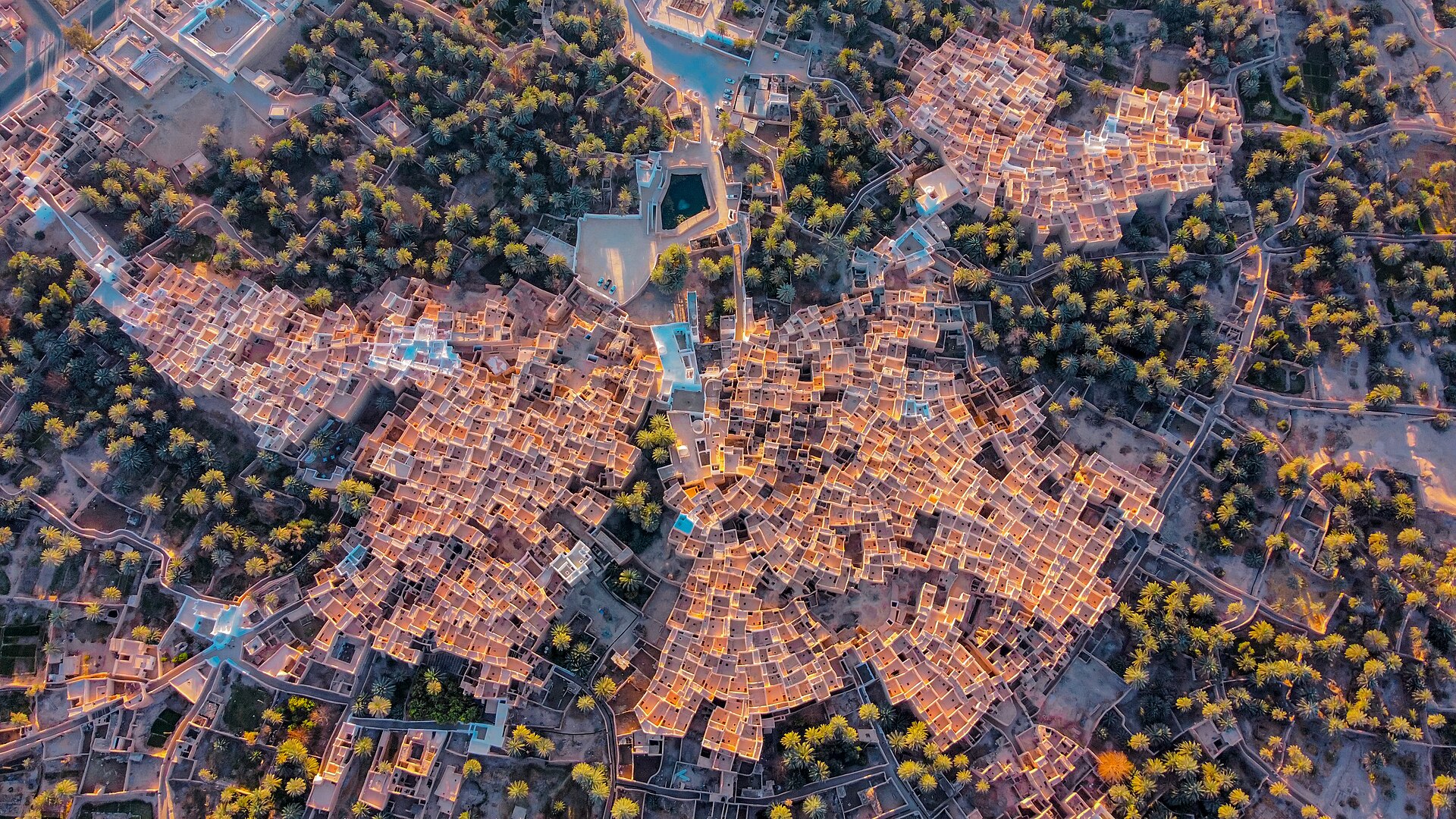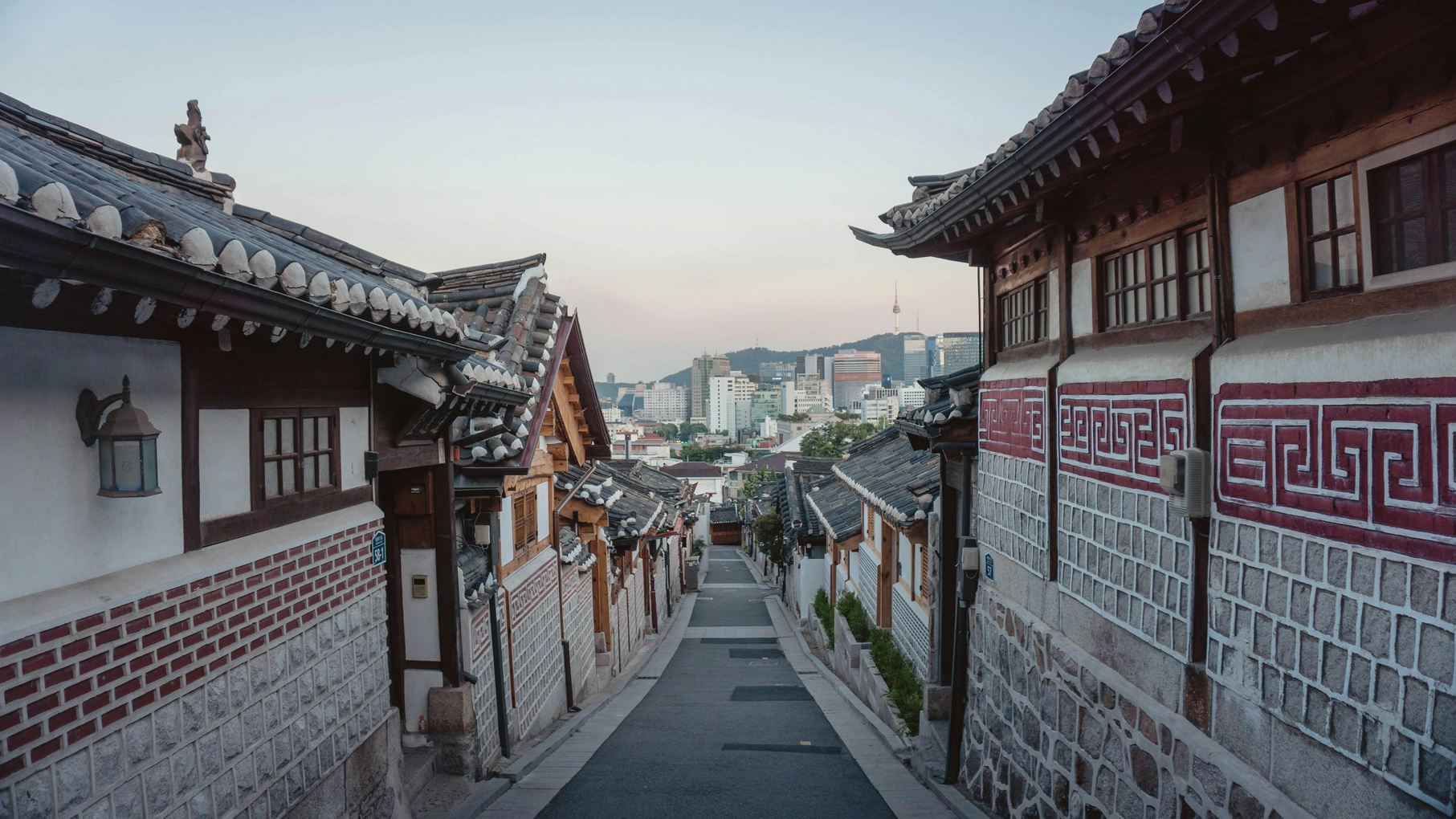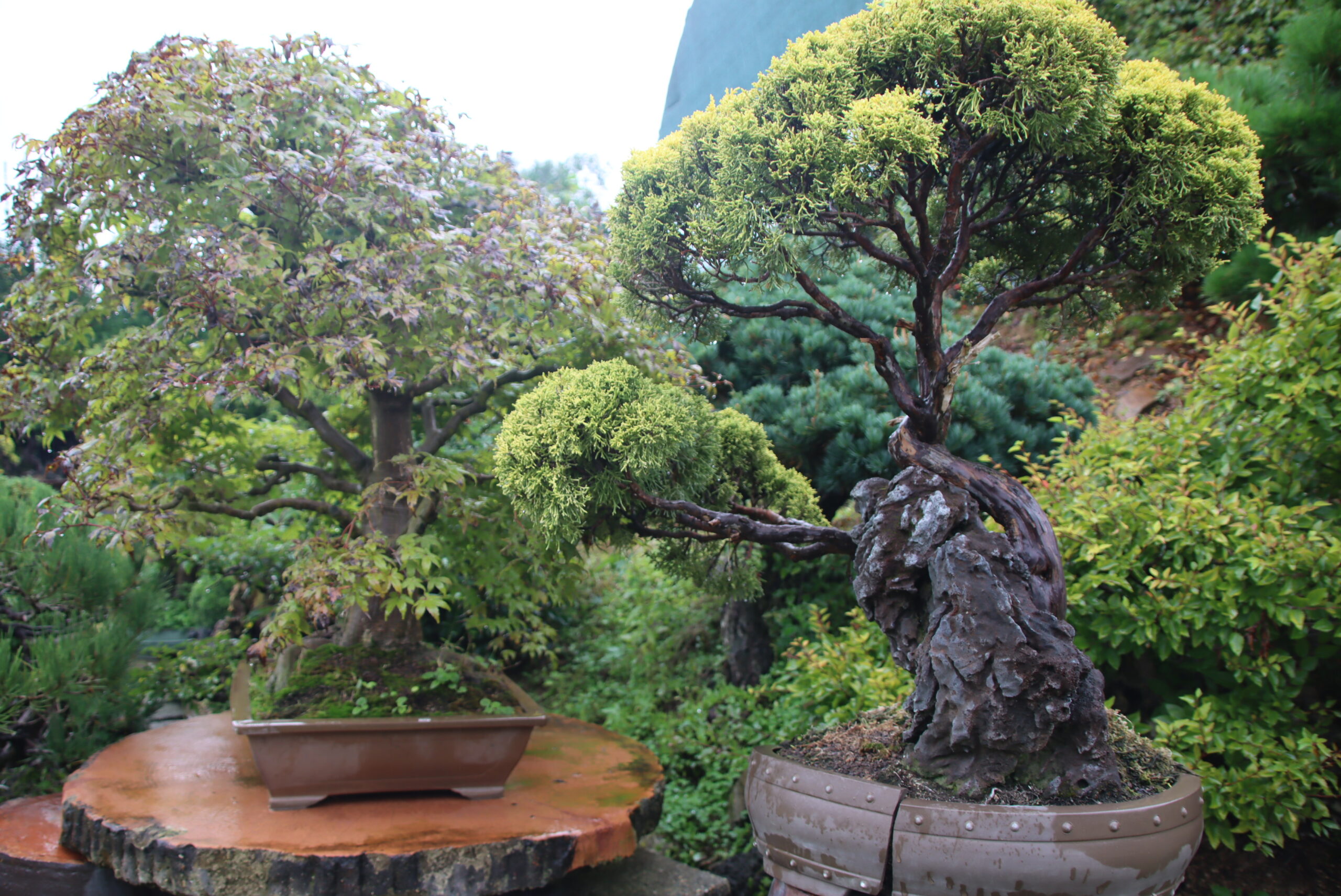The Old Town of Ghadamès, one of the oldest pre-Islamic cities in North Africa, is known affectionately as “the Pearl of the Desert”. Located in the northwestern part of Libya, close to the borders of Algeria and Tunisia, it’s centered around the Al Hamade el-Hamra Plateau and the Ain al-Faras springs.
The very construction of the old town serves as one of the primary fascinations, being assembled solely out of mud, bricks, and lime. Within its hidden passageways, small openings from the roof allows for the natural light to reveal paths and lanes. The Saharan conditions play a crucial role in the architectural design as the mud becomes a cooling factor in the summer and forms a warm nest in the winter.
Its intricate designs embody the importance of a tight-knit community; each floor’s purpose serves the people of the community differently. The ground floor is used to store supplies, the second floor as a living space, while the top floor was reserved for women to freely move around. Within the alleys, short passageways connect endless paths within the town.
Ghadamès holds a vast length of fascinating history. From the occupation of the Carthaginians in 795 BCE, the Romans in 19 BCE, and Arabs in 664 CE (AH), the old town has seen a rich flow of different cultures come and go.
For each of these nations and eventually the Ottoman rulers that followed them, it was one of the most important trade centers for the African continent. Following independence, Ghadamès was finally handed over to the Libyan government from Tunisia in 1951.
Through archeological discoveries, Ghadamès bears evidence of human habitation in the surrounding lands extending back to Paleolithic times. Historical records show its contribution to the trade routes through the Libyan Sahara, Fezzan area, Sub-Saharan Africa, Algeria, Tunisia, and the northern center of Libya. The city became one of the most important caravan trade centers, allowing different cultures and crafts to become shared, all of which culminated in its eventual listing as a UNESCO World Heritage Site.

Protection of Old Town of Ghadamès
During the ’80s and ’90s, the residents of the old town moved to new housing developments, and as a result, a lack of maintenance put the city at risk of degradation. In 1999, the United Nations Development Program, UN Office for Project Service, and the Libyan Authority of Tourism took charge of the Rehabilitation of the Old Town of Ghadamès Project to restore the damages.
The project centered around $5 million to rebuild houses, water works, agricultural lands, and tourist services all while allowing local labor to partake in rebuilding and restoring their own cultural heritage.
In 2008, the International Center on Earthen Architecture (CARterre), based in France and partnered with UNESCO, began the production of new heritage bricks at around 3,000 per day, ensuring the rehabilitation carried on. The project was abruptly halted during the outbreak of the Arab Spring and subsequent NATO air assault on the Ghaddafi regime.
In 2016 the Old Town of Ghadamès was placed on the World of Heritage in Danger list. Even without much impact from the conflict, the natural damages of extreme weather conditions took their effect.
The UNESCO protection requirements outline key factors to ensure the rehabilitation of the old town. In preserving the historical and cultural importance, the 10-year management plan focused on reestablishing traditional building knowledge and historic water systems, while anticipating at the same time future challenges driven by climate change.
In accomplishment of the protection and management requirement from UNESCO, on July 9th, 2025, at the 47th session of the World Heritage Committee, the Old Town of Ghadamès was removed from the danger list.
“We are pursuing a special effort for Africa, both to train experts and facilitate new inscriptions, and to support strategies to bring some sites out of danger,” said UNESCO Director-General Audrey Azoulay in a statement. “These efforts are paying off today”.
Restoring Ghadamès and reducing the threats to its heritage will undoubtably help strengthen cultural connections across Africa and the Mediterranean, ensuring its historic impact carries on into the modern world. WaL
We Humbly Ask For Your Support—Follow the link here to see all the ways, monetary and non-monetary.
PICTURED ABOVE: Libya’s Old Town of Ghadamès, from 2008. PC: Ko Hon Chiu Vincent ©



